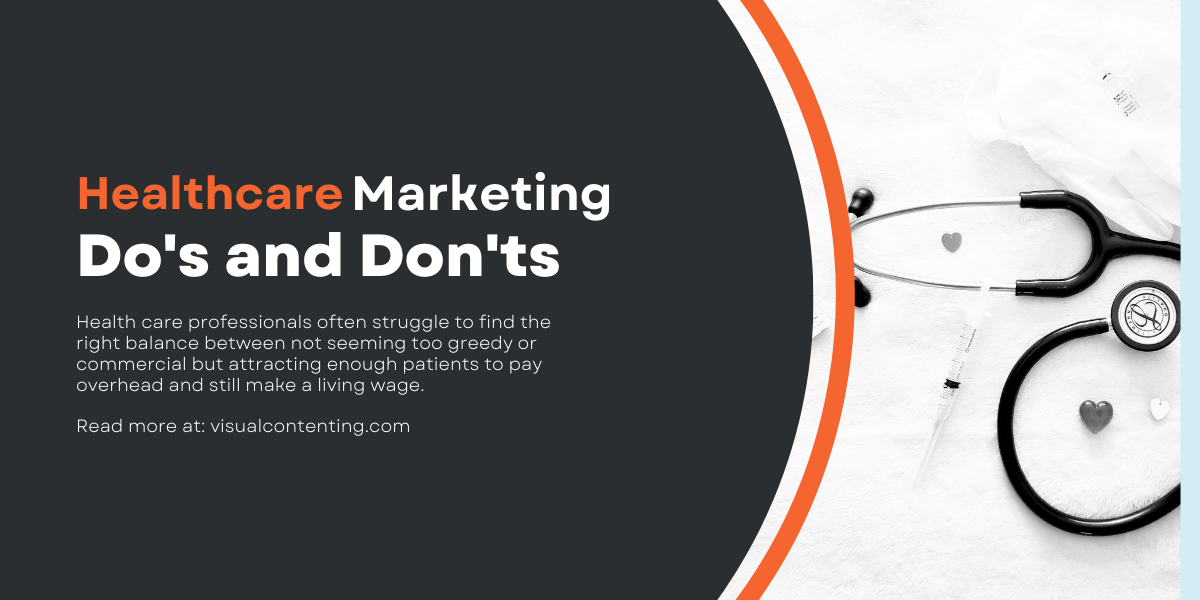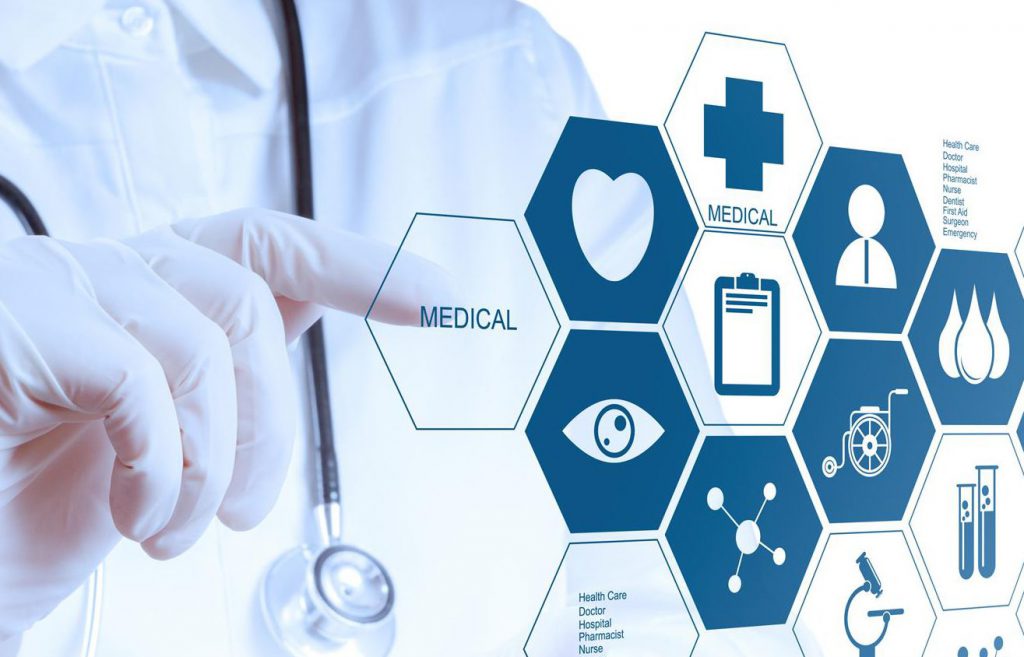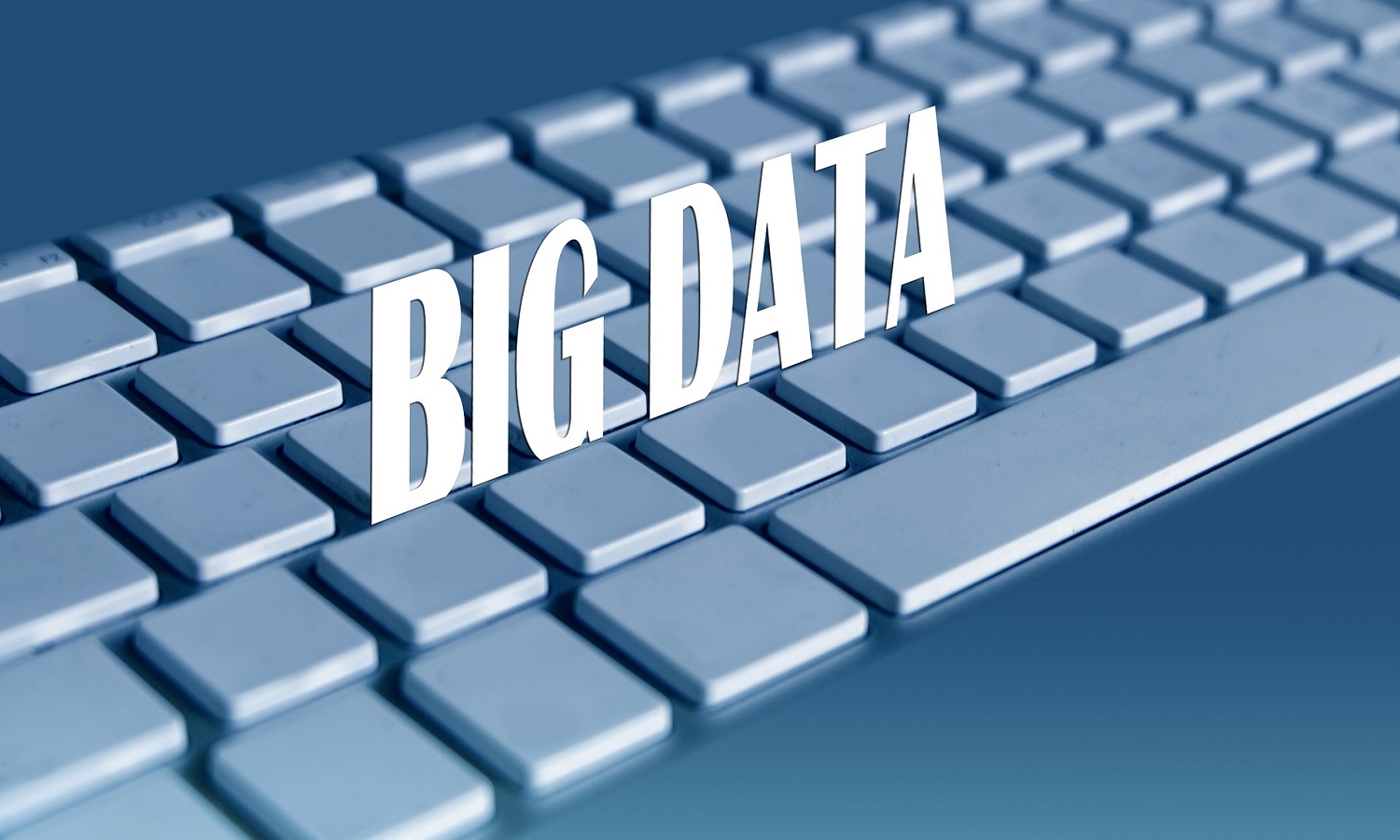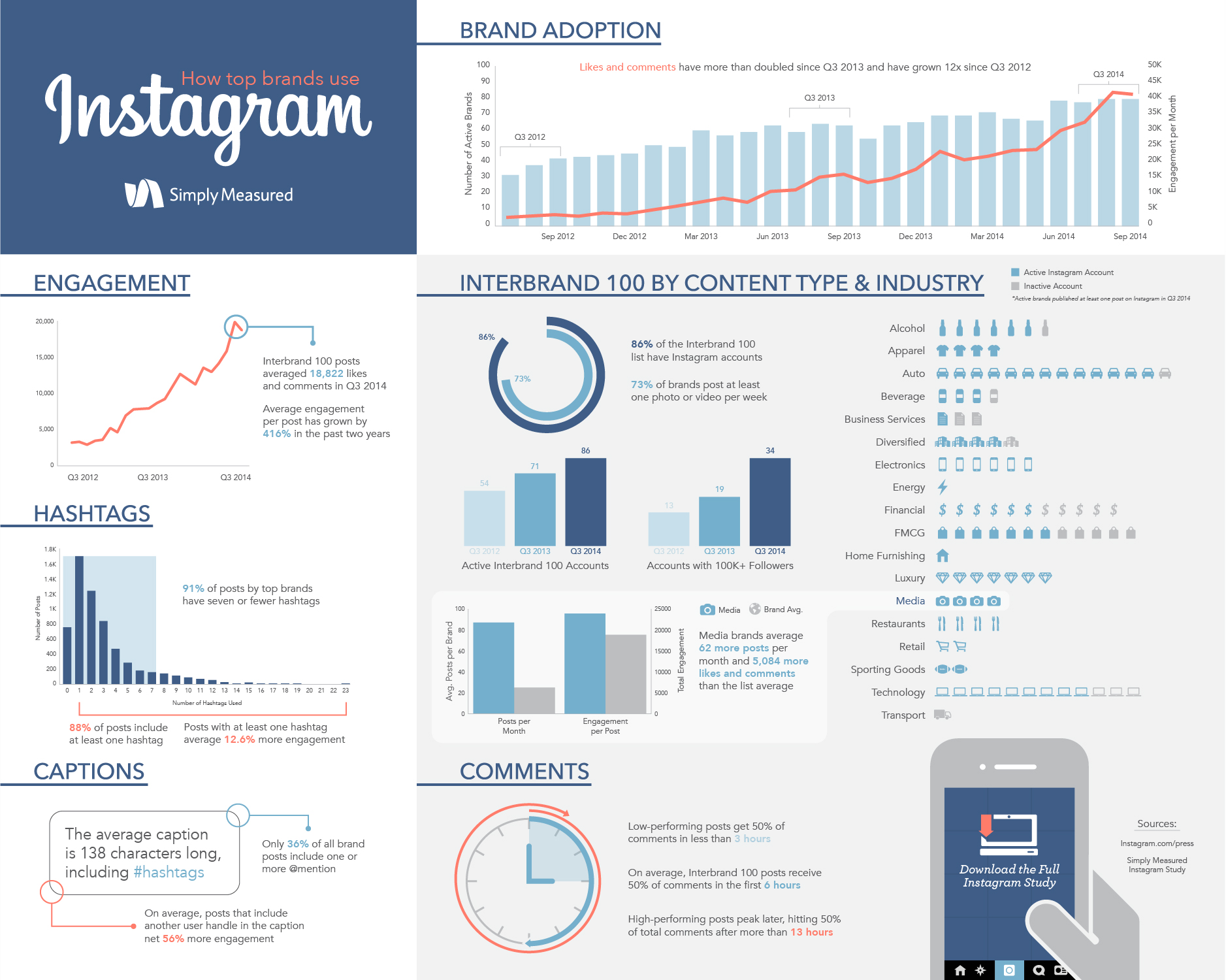EDI in health care is often necessary because it protects patient privacy and keeps organizations compliant with relevant laws. Beyond that, it keeps payers connected to crucial health data and can allow patients more quality care.
What Does EDI Mean?
EDI stands for electronic data exchange. It involves using a single digital format to transfer patient and health data between insurers, health care facilities and clearinghouses. Typical transfers contain information regarding claims status, benefits coordination, payment eligibility and insurance data.
Since health care facilities and related service providers deal with large amounts of personally identifiable patient information, they must comply with privacy laws. EDI can only occur if all parties get access to Medicare systems to protect patient privacy. To do so, they must enroll and accept responsibility for data security. It also involves ensuring any third parties agree to the same standards.
Why Is EDI in Health Care Necessary?
Arguably, oversight will always occur when people are involved in data entry because human error is somewhat inevitable. The number of mistakes is typically low, but that doesn’t mean it’s insignificant. One study of a laboratory setting found only a 4% error rate, but more than 14% of those mistakes were severe and possibly dangerous.
The initial need for EDI arose because of human error and various unnecessary expenses. In fact, it saves health facilities around $187 billion annually on average. Paperwork, storage, postage and potential compliance fines are byproducts of a physical system. Digitization in health care modernizes the process and saves many organizations a lot of money.
What Is EDI in Medical Billing?
Since EDI is the process of exchanging and verifying health information digitally, it also extends to medical billing. Organizations can send it to insurers and verification agents to confirm the validity of payments. The relevant transaction types involve pending charges and repayment plan eligibility.
An inquiry and response process occurs where patients receive billing data and respond to ensure everything is correct and they understand their payment responsibilities. EDI in medical billing is primarily used because it provides prompt communication. All parties can verify the information quickly, which ultimately expedites payment approval and helps patients stay in the loop.
How Does EDI Claims Processing Work?
EDI claims processing works through an inquiry and response method. All data must go only to those with proper clearance and enrollment. Every transaction uses a specific numeric identifier and title set by the American National Standards Institute Committee to streamline the process. Since every party uses the same format, the process moves quickly.
The providers usually reach out to the clearinghouse first for data verification. A clearinghouse is basically an in-between that ensures the information is correct and compliant with relevant laws, so this step isn’t necessary.
After confirming everything is correctly formatted, they send it to the payer. The payer doesn’t have to be a patient and instead can be their insurance company or a government agency. They respond to the clearinghouse after receiving the information, and then the clearinghouse sends it back to the provider.
What Are the Benefits of EDI?
Processing data transactions digitally allows for a lot of flexibility and advantages beneficial to patients and providers. The EDI claims process has many benefits:
-
- Simplicity: Typically, using various systems to collect and transmit data is much more difficult for health care facilities than using a single one. Since everyone uses a single format for EDI claims processing, communicating is much simpler.
- Productivity: Since digital data transfers are immediate, providers have more time to handle essential tasks rather than payment paperwork. The speed of the process can result in increased productivity.
- Security: The data is unreadable during transfers because of encryption. Also, there’s no risk of misplaced or lost paperwork. Additional EDI compliance measures limit who can access information, which ensures an incredible amount of security.
-
- Compliance: Fines for noncompliance can be expensive. For example, as of March 2023, the Office for Civil Rights imposed fines totaling almost $135 million in 130 cases regarding Health Insurance Portability and Accountability Act violations. EDI involves very little human interaction or error, making such issues much less likely.
- Savings: Less physical storage and tools means health care facilities and third parties don’t have to spend as much. Digital transactions are also instantaneous, meaning faster payments.
The time, resources and money saved by EDI make it necessary for many health care facilities. It keeps data secure and accurate so everyone can quickly communicate and resolve payments and claims.
How and Why EDI Works
EDI works because it presents solutions for multiple issues. Health care organizations benefit from a streamlined process and patients benefit from reliable and accurate medical billing. Many parties use it because it standardizes communication, improving their claim and medical billing processes.
Related Posts
I’m the Managing Editor of ReHack.com and have over 5 years of writing experience covering cybersecurity and business tech. I’m also a contributor at Business.com, MakeUseOf, Lifewire, and more.







